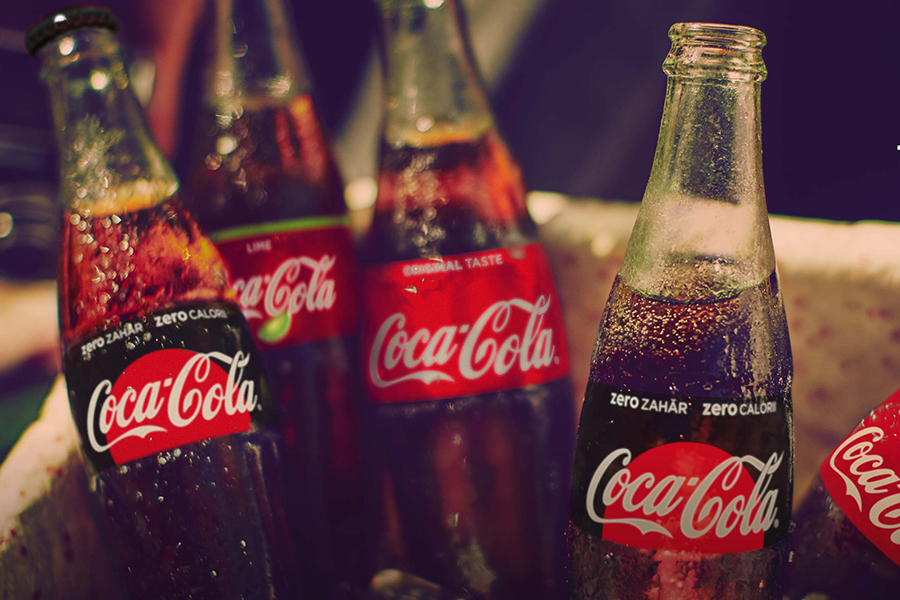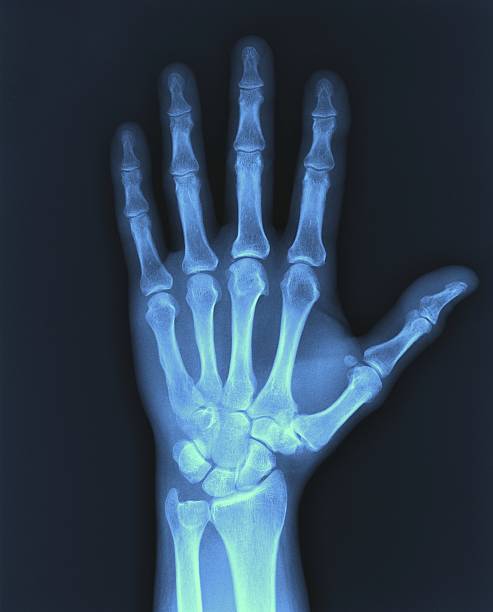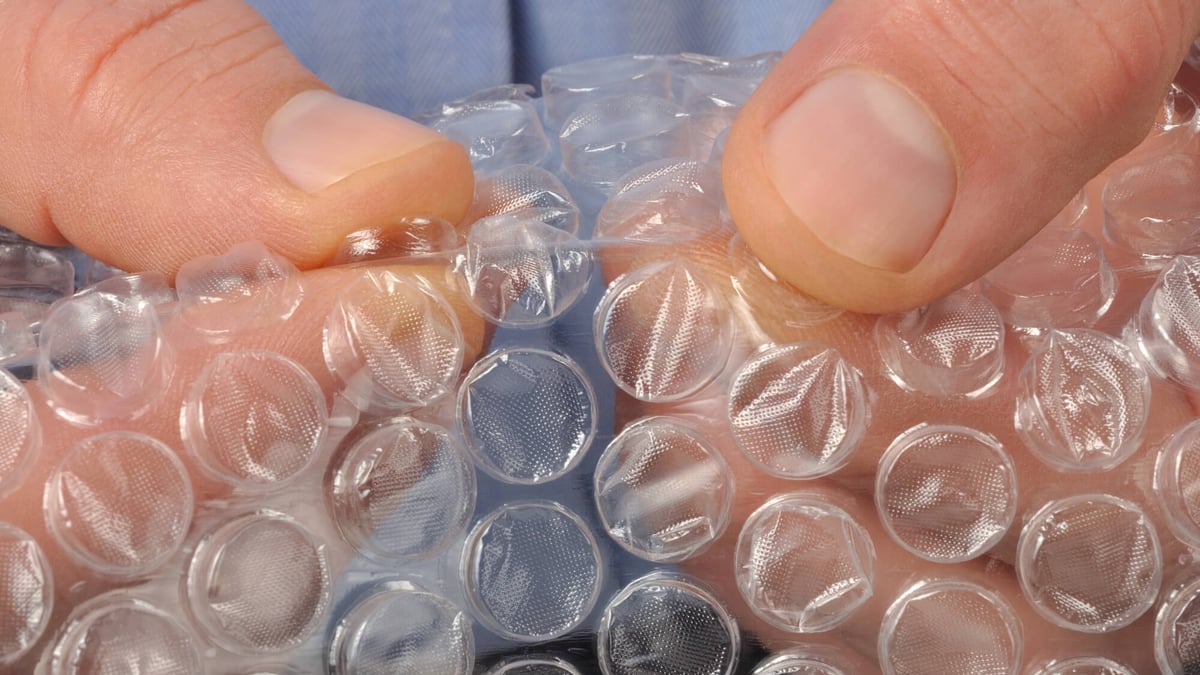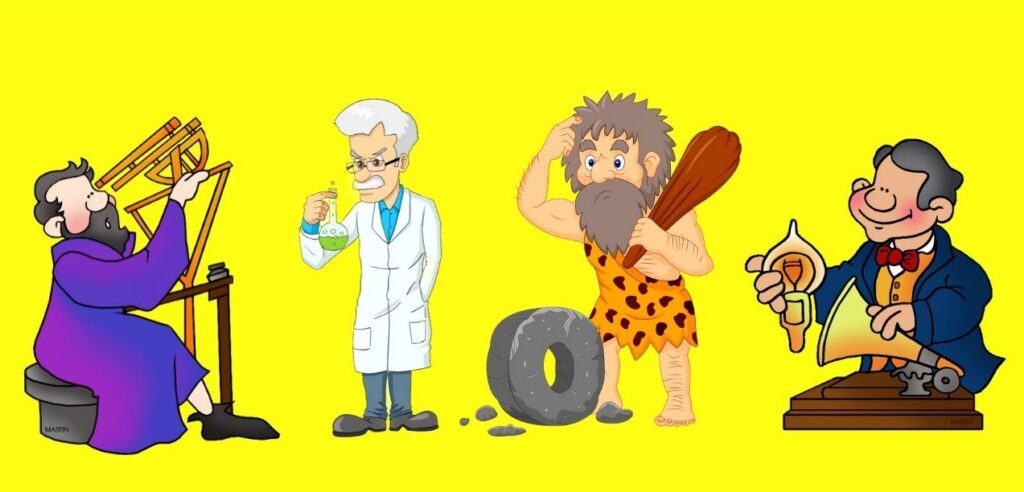Accidents are not invariably unfortunate incidents, besides they could be birth of a new life or invention too – having cooked with a wrong recipe, yet the food eventuated to taste really good than the original, for instance. It has been happening all the way throughout history and here are 15 such accidental inventions that we use in our life.
Let’s start with food!
Potato Chips

When a customer in Carey Moon Lake house in Saratoga Springs, kept sending back his plate of potatoes to the waiter many times, asking for a more fried and thinner potato, the Chef ‘George Speck’ got irritated and sliced the potatoes insanely thin and fried them until it was hard enough to break them into pieces.
To their surprise, the complaining customer was so convinced that he wanted more of the kind. They branded it ‘Saratoga Chips’, later then it just became ‘potato chips’. And that’s how the favorite snack of the world – Potato chips were born.
Corn Flakes

Next comes the corn flakes, the morning breakfast for many. This story is something which bachelors used to do. Two brothers John Kellogg and Will Kellogg accidentally left a pot of boiled grain on the stove for more than one-day. After realizing it, and instead of throwing it, they observed that the grain was dry and thick besides being moldy. They then experimented to eliminate the mold part and arrived at the famous ‘Kellogg’s Corn Flakes’, which they patented as a company and started producing for the public.
Coca Cola

How many years old were you knowing that Coca Cola was actually invented as a tonic-syrup? Yeah. John Pemberton, a pharmacist from Atlanta who got a saber wound on his chest, soon became addicted to the morphine used to ease his pain. Seeking a cure for his addiction of morphine, he began trying morphine-free alternatives. When he experimented with coca and coca wines, Pemberton’s French Wine Coca was made. Then, in 1885, when Atlanta banned sale of alcohol, he replaced wine with carbonated water and named it “valuable brain tonic” that would cure headaches, relieve exhaustion and calm nerves.
Boom, Coca-Cola was born.
Brandy

In aim to ease the transport of wine, a Dutch Shipmaster decided to boil the wine and concentrating alcohol, with a plan to add water to it once he arrived at the destination. What he discovered was that the concentrated wine tasted way better than the watered-down wine and withdrew his watering part of the wine and called the new alcohol ‘Brandewijn’ meaning “burnt wine” in Dutch.
Penicillin
/penicillin-56a26f733df78cf77275aedb.jpg)
Alexander Fleming was searching for a “wonder drug” that could cure diseases. It was not until Fleming fed up of his efforts & left behind the samples as it was, the penicillin was found. When he noticed a contaminated petri dish which he had discarded, contained a fungus that was dissolving all the bacteria around it. Digging into the issue, he grew the mold by itself and he came to know that it was the powerful antibiotic, he had put efforts for.
First calling it “mold juice,” Fleming rebranded it as “penicillin.” It was the first antibiotic discovered and is a treatment that has helped save countless lives.
Microwave Oven

Percy Spencer, an engineer was conducting a radar-related research project with a new vacuum tube called ‘magnetron’. He recognized that the candy-bar in his pocket began to melt due to the heat during his experiments. When popcorn was put into the tube, it started to pop, and he knew that he became a scientist, sketching out the revolutionary ‘microwave oven’.
Pacemaker

John Hopps who was an electrical engineer, conducted research on hypothermia and was trying to use radio frequency heating to restore body temperature.
During his experiment he realized if a heart stopped beating due to cooling, it could be started again by artificial stimulation. This realization led to the pacemaker.
X-Ray Images

In 1895 a physics professor Wilhelm Conrad Rontgen was working on a cathode ray tube when he shielded the tube with thick paper and discovered a fluorescent light generated by a material located near the tube. He concluded that a new type of ray was being emitted from the tube. Further investigation soon found that the new ray could pass through most substances while casting shadows of solid objects and paving the way to X-rays as we know them.
Related Posts
Ink-Jet Printers

A Canon-engineer rested his hot iron on his pen unknowingly, where he witnessed the ink being ejected out from the pen’s point. It further turned into a new principle resulting in the invention of the inkjet printers, which is widely used now.
(A good one-in-million-times kind of happening, that paved for a fruitfulness while leaving behind the hot iron).
Safety Glass

Chemist Edward Benedictus, while working in his lab in 1903, accidentally hit hardly on a glass flask and got surprised when the flask just cracked and maintained its shape rather than breaking into little pieces. Inquiring more on that, he found that cellulose nitrate coating inside the glass flask was the reason of glass not broken into pieces. That struck him to create ‘safety glass’, which gets marketed to industries, buildings and automobiles and also we all use daily as our ‘scratch cards’ on mobiles.
Match-Sticks

In 1826, chemist John Walker discovered what are now matchsticks when he accidentally scraped a stick coated in chemicals across his hearth and found that it caught fire. Walker’s “Friction Lights,” as he called them, were originally made out of cardboard, but eventually he switched over to using wooden splints and sandpaper.
Super Glue

Dr. Harry Coover was working on a research team at Eastman Kodak to develop clear plastics that could form precision sights for the U.S. Military’s guns during WWII. The team unintentionally found a chemical compound that was incredibly sticky, but they disregarded it because it had no use for the gun sights.
In 1951, Coover was leading a project for the same company. This time, he and his team were looking to develop a clear and heat-proof material for jet plane canopies. One of the research students, ironically named Fred “Joyner,” rediscovered the same formula, he found in 1942.
After testing the product, it was deemed a successful solution. Coover finally brought the discovery to the attention of the company, which first sold the product in 1958.
It was a life-saving tool during the Vietnam War. U.S. soldiers used the glue to seal the wounds of injured soldiers.
Velcro

The story of Velcro portrays as a natural happening that inspired the person to work on the matter. George de Mestral, a Swiss engineer, examined the pesky burrs that stuck to his clothes when he was walking his dog.
He found that the burrs had miniscule hooks that allowed them to easily stick to fabric and fur. God’s design for the burrs inspired de Mestral to develop a fastening system that utilized the same concept. The resulting product came to be known as Velcro.
Teflon

You might not recognize it by name, but teflon is a synthetic polymer used to make everything from nonstick cooking pans to nail polish. And though it’s a genius invention that changed the way we cook, clean, and groom, the man who discovered the product—Roy J. Plunkett—did so completely by accident. The scientist was working at the DuPont Company’s Jackson Laboratory in 1938 researching refrigerants (which help to supply air conditioning and refrigeration) when he noticed that some of his gas had turned into a white power. After some testing, Plunkett concluded that the substance was heat-resistant with low surface friction, giving it the perfect properties for its many uses we see today.
Viagra

Though Viagra is one of the fastest selling drugs of all time, its current use is a far cry from what it was originally made for. Evidently, when Viagra was in its trial phase, it was actually marketed as a treatment for angina, a heart condition that causes pressure in the chest. And though the drug proved to be ineffective at helping angina patients, study participants did find that the little blue pill was able to increase the frequency and potency of erections of human penis.
Last – A bonus one

Bubble wrap – Engineers Alfred Fielding and Marc Chavannes did invent bubble wrap on purpose—but when they made it, the intended use for the product was all wallpaper, not as packing material. However, when their bubbly wallpaper proved to be unsuccessful, the two entrepreneurs decided to pivot and market their product instead as greenhouse insulation and later, in 1960, as protective packaging.
Hope the page was useful.. Comment if you know any!
(For more such interesting informational, technology and innovation stuffs, keep reading The Inner Detail).






